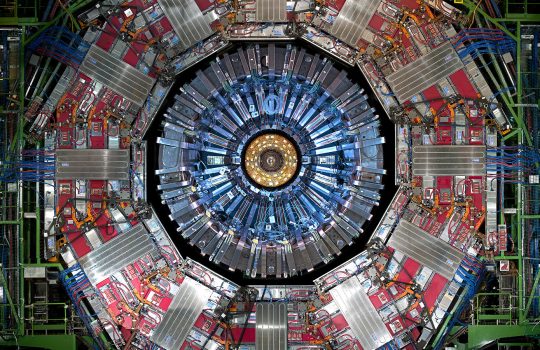Why Chicago is central to developing a game-changing ‘quantum internet’
- Argonne
- Argonne National Laboratory
- Department of Energy
- DOE
- quantum communication
- quantum information science
- quantum internet
- quantum network
- quantum science
- University of Chicago
From WGN9, July 23, 2020: The future of the internet is being designed right here in Chicago, as some of the top scientists in the world unveiled their plans to research and build a “quantum internet” on July 23. Fermilab, Argonne, University of Chicago, Northwestern, and University of Illinois have already laid some of the groundwork.

